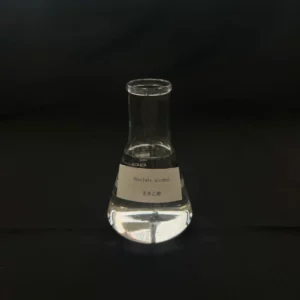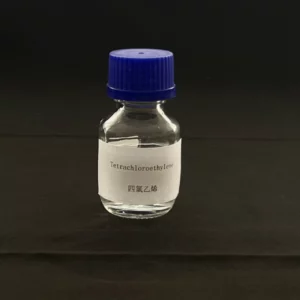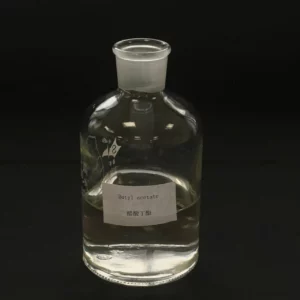Acide acétique, un composé organique incolore avec une odeur âcre, est largement utilisé dans diverses industries, y compris la nourriture, boisson, pharmaceutique, et fabrication de produits chimiques. Il est principalement produit par la fermentation de l'éthanol ou des sucres par des bactéries acétiques.. Tandis que les solutions diluées d'acide acétique, comme le vinaigre, sont généralement considérés comme sans danger pour un usage domestique, l'acide acétique concentré et certains produits de fermentation peuvent présenter des risques importants pour la santé humaine et l'environnement. Is dilute acide acétique dangereux? Join us as we delve into the potential hazards associated with dilute acetic acid fermentation products and explore the measures necessary for safe handling and disposal.
Delving into the Hazards of Dilute Acetic Acid Fermentation Products

The hazards associated with dilute acetic acid fermentation products primarily stem from their inherent chemical properties:
- Corrosiveness: Acetic acid is a corrosive substance that can cause severe burns and tissue damage upon contact with skin or eyes. Inhalation of concentrated acetic acid vapors can irritate the respiratory tract, leading to coughing, choking, and difficulty breathing.
- Toxicité: Ingestion of concentrated acetic acid can cause severe gastrointestinal distress, including nausea, vomissement, abdominal pain, and internal bleeding. It can also lead to systemic toxicity, affecting the kidneys, liver, and central nervous system.
- Inflammabilité: Acetic acid is flammable and can release flammable vapors when heated. In the presence of an ignition source, such as a spark or open flame, these vapors can ignite, causing a fire or explosion.
Exploring the Safe Handling and Disposal of Dilute Acetic Acid Fermentation Products
To minimize the risks associated with dilute acetic acid fermentation products, proper handling and disposal practices are crucial:
- Personal Protective Equipment (EPI): When handling concentrated acetic acid or its fermentation products, wear appropriate PPE, including gloves, protection des yeux, et protection respiratoire, to prevent direct contact with the substance.
- Ventilation: Ensure adequate ventilation in areas where acetic acid is handled or stored to prevent the buildup of toxic vapors.
- Stockage: Store concentrated acetic acid and its fermentation products in tightly sealed containers, away from heat sources and incompatible materials.
- Disposal: Dilute acetic acid solutions, comme le vinaigre, can be safely disposed of down the drain with plenty of water. Cependant, concentrated acetic acid and its fermentation byproducts should be disposed of as hazardous waste in accordance with local regulations.
Understanding the Regulations Governing Dilute Acetic Acid Fermentation Products
Various regulations govern the handling, stockage, and disposal of acetic acid and its fermentation products:
- Occupational Safety and Health Administration (OSHA): OSHA sets standards for workplace safety, including guidelines for handling hazardous chemicals like acetic acid.
- Environmental Protection Agency (EPA): The EPA regulates the disposal of hazardous waste, including acetic acid and its fermentation products.
- Local Regulations: Local jurisdictions may have additional regulations regarding the handling and disposal of hazardous substances, dont l'acide acétique.

.webp)



